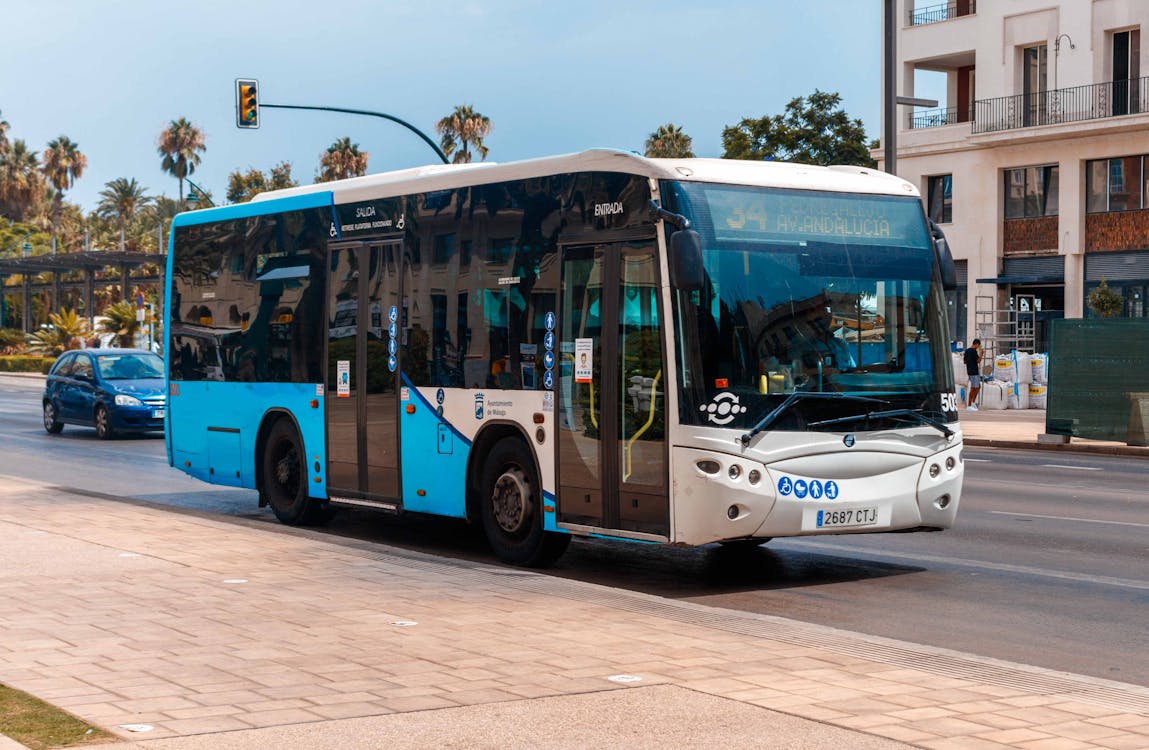Urban areas are the engines of global economic growth, but their dynamism is increasingly hampered by the challenges of efficient and sustainable mobility. Congestion, pollution, and inequality are not merely inconveniences; they represent significant barriers to progress and quality of life. Addressing these challenges requires innovative solutions and a fundamental rethinking of how we move people and goods within our cities. Here are five key hurdles currently facing urban mobility:
- Congestion and its cascading effects: Traffic jams are more than just frustrating delays. They contribute significantly to lost productivity, increased fuel consumption, and heightened air pollution. Congestion isn’t simply a matter of too many cars; it’s a complex problem stemming from inadequate infrastructure, defective bus schedule for bus systems, poor urban planning, and a lack of effective transportation alternatives. The ripple effect impacts businesses, delivery services, and emergency response times, creating a significant drag on the city’s overall efficiency.
- Environmental Sustainability: The environmental footprint of urban mobility is vast. Vehicle emissions contribute heavily to air pollution, exacerbating respiratory illnesses and contributing to climate change. Finding sustainable alternatives, such as expanding public transportation, promoting cycling and walking, and transitioning to electric vehicles, is crucial. However, the transition requires significant investments in charging infrastructure, improved public transit networks, and the creation of safe cycling and pedestrian-friendly environments.
- Accessibility and Equity: Effective and reasonably priced mobility should not be considered a luxury but rather a fundamental human right. In many urban areas, access to transportation is conspicuously unequal. Low-income neighborhoods are sometimes compelled to rely on costly and less environmentally friendly private transportation options because they lack reliable public transportation. A vicious cycle of limited prospects and social marginalization result from this. To achieve fair mobility, targeted investments in underserved communities and the construction of affordable, easily accessible transportation infrastructure are required.
- Technological Integration and Data Management: Smart city initiatives promise to optimize urban mobility through data-driven solutions. However, integrating various technologies – from intelligent traffic management systems to ride-sharing apps – presents significant challenges. Data security, interoperability between different platforms, and the ethical implications of data collection and usage need careful consideration. Effective integration requires robust data governance frameworks and collaborative efforts across different stakeholders.
- Funding and Policy Coordination: Addressing urban mobility challenges requires substantial financial resources and coordinated policy efforts across various levels of government. Securing funding for infrastructure improvements, technological upgrades, and sustainable transportation initiatives can be difficult, especially in the face of competing budgetary priorities. Furthermore, effective implementation requires streamlined regulatory frameworks and collaboration between different agencies and stakeholders, a feat that often proves challenging in complex urban environments.
Overcoming these challenges requires a multi-faceted approach. Innovative technologies, sustainable practices, coordinated bus schedule for bus and equitable policies are all necessary components. Ultimately, the future of urban mobility hinges on our ability to create cities that are not only efficient and environmentally responsible but also inclusive and accessible to all.and pasture management.
